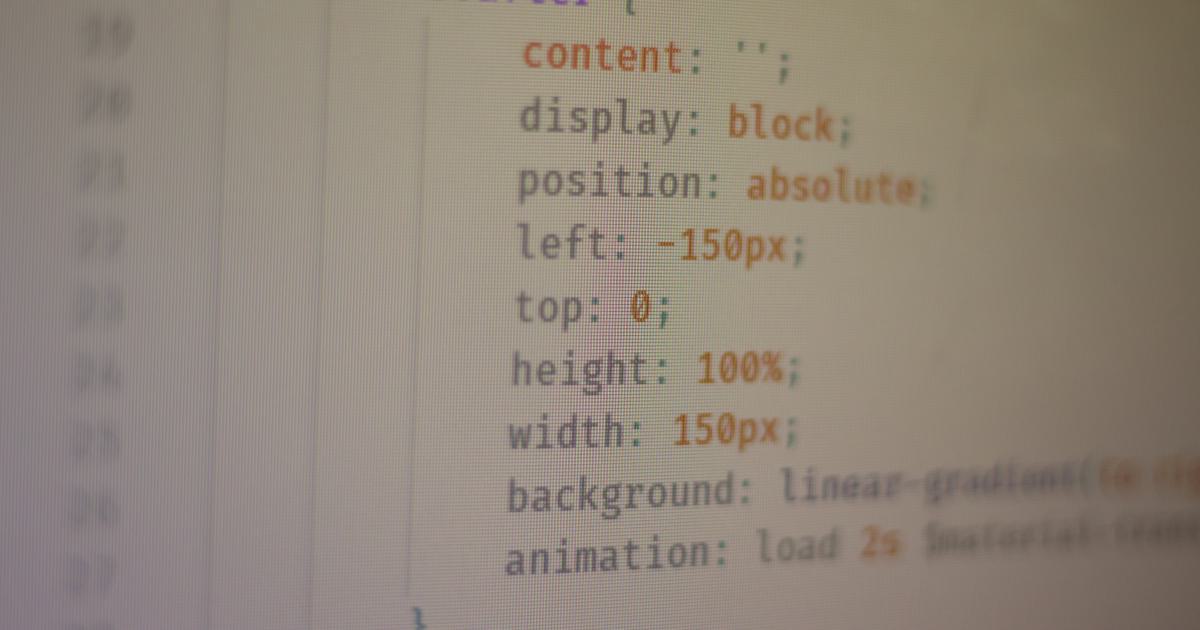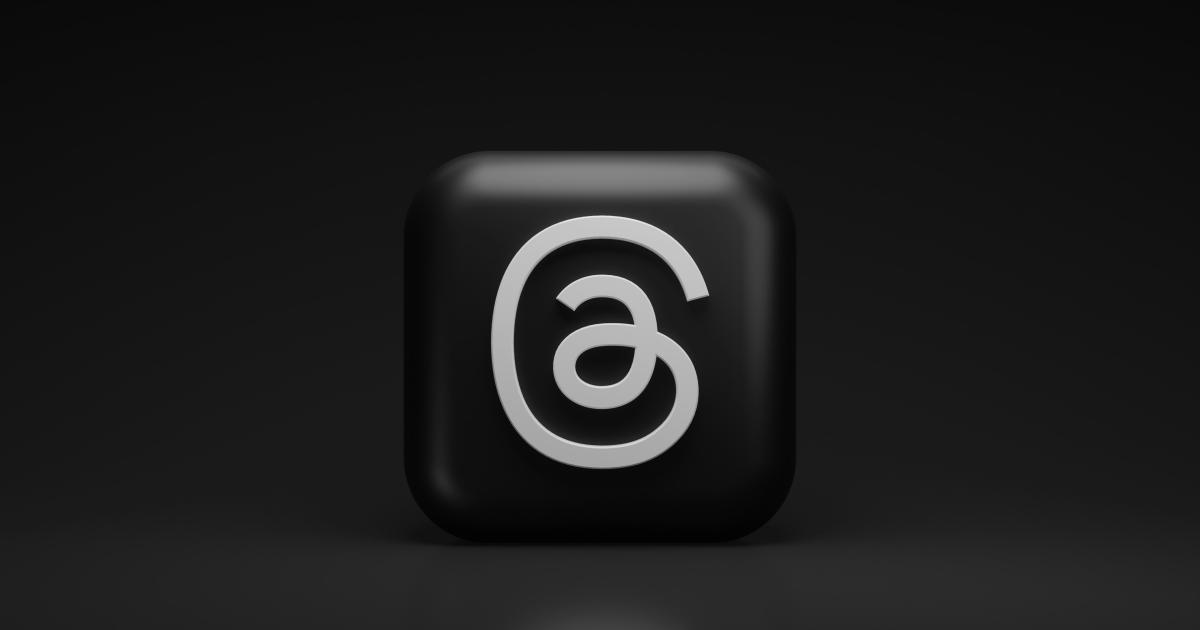Mastering A/B Testing for Category Page Optimization


Understanding the Importance of A/B Testing for Category Pages
In the ever-evolving world of e-commerce, the category page has become a crucial battleground for attracting and converting customers. These pages serve as the gateway to your product offerings, and their optimization can have a significant impact on your overall sales and revenue. This is where A/B testing shines, allowing you to make data-driven decisions that improve the user experience and drive better results.

A/B testing, also known as split testing, is the process of comparing two versions of a web page or feature to determine which one performs better. By testing different variations of your category pages, you can uncover insights that help you make informed decisions about design, content, and user interactions. This approach enables you to continuously improve your category pages, ensuring they are tailored to the needs and preferences of your target audience.
The Role of Category Pages in E-commerce
Category pages play a pivotal role in the e-commerce customer journey. They serve as the entry point for shoppers, allowing them to quickly navigate and explore your product offerings. These pages are designed to showcase your merchandise, provide relevant information, and guide customers towards making a purchase.
Effective category page optimization can have a significant impact on several key metrics, including:
Bounce Rate: Reducing the number of visitors who leave your site immediately after landing on a category page.
Time on Page: Increasing the average time users spend engaging with your category pages.
Conversion Rate: Improving the percentage of visitors who navigate from a category page to a product page or complete a purchase.
Average Order Value: Encouraging customers to add more products to their carts and increase their overall spending.
By optimizing your category pages through A/B testing, you can address pain points, enhance the user experience, and drive more valuable traffic to your e-commerce store.
The Benefits of A/B Testing for Category Page Optimization
Implementing A/B testing for your category pages can yield several benefits, including:
Increased Conversions: By testing different elements, such as layout, product presentation, or call-to-action (CTA) placement, you can identify the variations that resonate best with your target audience and lead to higher conversion rates.
Improved User Experience: A/B testing allows you to gather user feedback and preferences, enabling you to create category pages that are tailored to the needs and expectations of your customers.
Data-Driven Decision Making: Rather than relying on assumptions or gut feelings, A/B testing provides you with tangible data and insights to guide your category page optimization efforts.
Reduced Risks: By testing changes on a small scale before implementing them across your entire site, you can minimize the risk of making costly mistakes that could negatively impact your business.
Ongoing Optimization: A/B testing is an iterative process, allowing you to continuously refine and improve your category pages based on the results of your experiments.

By embracing A/B testing for your category page optimization, you can unlock the full potential of your e-commerce platform and stay ahead of the competition.
Establishing a Successful A/B Testing Framework
Implementing a comprehensive A/B testing framework for your category pages is essential to driving meaningful improvements. This framework should encompass various elements, from defining your goals to interpreting the results and making data-driven decisions.
Step 1: Define Your Objectives
Before you begin your A/B testing journey, it's crucial to establish clear, measurable objectives for your category page optimization efforts. These objectives should be aligned with your overall business goals and may include:
- Increasing the conversion rate from category pages to product pages
- Reducing the bounce rate on category pages
- Improving the average order value (AOV) of customers who enter your site through category pages
- Enhancing the user engagement metrics, such as time on page or pages per session
By defining these objectives upfront, you can ensure that your A/B testing efforts are focused and result-driven.
Step 2: Identify Potential Areas for Optimization
Next, you'll need to identify the specific areas of your category pages that have the greatest potential for optimization. This may involve conducting user research, analyzing your existing data, and gathering feedback from your customers. Some common elements to consider include:
- Layout and Design: The overall structure, visual hierarchy, and positioning of elements on the page.
- Product Presentation: The way products are displayed, including imagery, descriptions, and sorting/filtering options.
- Calls-to-Action (CTAs): The placement, wording, and design of buttons or links that encourage users to take a desired action.
- Navigation and Browsing: The ease of navigation, category hierarchy, and overall user experience.
- Content and Messaging: The clarity, relevance, and persuasiveness of the textual content on the page.

By identifying these key areas, you can prioritize your A/B testing efforts and focus on the elements that are most likely to drive meaningful improvements.
Step 3: Develop Your Hypotheses
Based on your objectives and the areas you've identified for optimization, you can now start formulating your hypotheses. A hypothesis is a educated guess about how a specific change or variation will impact your desired outcomes. It should be concise, testable, and grounded in your understanding of your target audience and their behavior.
For example, a hypothesis for your category page optimization might be:
"Increasing the size and prominence of the 'Add to Cart' button on category pages will lead to a 10% increase in the add-to-cart conversion rate."
Step 4: Design and Implement Your A/B Tests
With your hypotheses in place, you can begin the process of designing and implementing your A/B tests. This involves creating two (or more) variations of the category page elements you want to test, ensuring that the differences between the variations are clear and measurable.
When designing your A/B tests, consider the following best practices:
- Randomize Test Groups: Ensure that visitors are randomly assigned to the different variations to eliminate any potential bias.
- Maintain Statistical Significance: Determine the appropriate sample size and duration for your tests to ensure that the results are statistically significant.
- Isolate Variables: Test one element at a time to accurately attribute any observed changes to the specific variation you're testing.
- Monitor and Adjust: Continuously monitor your A/B tests and be prepared to make adjustments if necessary, such as pausing or modifying the experiment.

By following these guidelines, you can design and implement A/B tests that provide you with reliable, actionable insights to optimize your category pages.
Step 5: Analyze and Interpret the Results
Once your A/B tests are running, it's time to analyze the results and interpret the data. This step is crucial in determining which variation performed better and understanding the reasons behind the observed differences.
When analyzing your A/B test results, consider the following:
Statistical Significance: Ensure that the differences between the variations are statistically significant, meaning that the results are unlikely to have occurred by chance.
Variation Performance: Identify which variation performed better in terms of your predetermined success metrics, such as conversion rate, add-to-cart rate, or average order value.
Underlying Factors: Dig deeper into the data to understand the reasons behind the performance differences, such as user behavior patterns or the impact of specific design elements.
Potential Implications: Assess the potential long-term impact of implementing the winning variation, including its effect on your overall business goals and customer experience.

By thoroughly analyzing and interpreting your A/B test results, you can make informed decisions about which changes to implement and how to further optimize your category pages.
Step 6: Implement and Iterate
Once you've identified the winning variation, it's time to implement the changes across your category pages. However, this is not the end of the optimization process. Continuous improvement is key, so be prepared to:
Monitor and Measure: Continuously track the performance of your category pages, even after implementing the winning variation, to ensure that the improvements are sustainable.
Identify New Opportunities: Use the insights gained from your initial A/B tests to identify new areas for optimization and develop new hypotheses to test.
Iterate and Refine: Maintain an ongoing cycle of testing, analyzing, and refining your category pages to stay ahead of evolving customer preferences and market trends.

By embracing this iterative approach, you can unlock the full potential of your category pages and drive lasting improvements to your e-commerce business.
Advanced A/B Testing Strategies for Category Pages
As you progress in your category page optimization journey, you can explore more advanced A/B testing strategies to uncover even deeper insights and drive more significant improvements.
Multivariate Testing
Multivariate testing is an extension of A/B testing, allowing you to test multiple elements simultaneously on your category pages. This approach enables you to identify the optimal combination of changes, rather than just the impact of individual elements.
With multivariate testing, you can experiment with different combinations of factors, such as:
- Layout and design
- Product presentation and filtering options
- Call-to-action (CTA) placement and messaging
- Content and visual elements
By running these more complex tests, you can gain a holistic understanding of how various elements interact and influence your category page performance.

However, it's important to note that multivariate testing requires a larger sample size and more time to reach statistical significance, as the number of variations increases exponentially. It's crucial to carefully plan and manage your multivariate testing efforts to ensure reliable and actionable insights.
Personalization and Segmentation
Another advanced strategy for category page optimization is to leverage personalization and segmentation. By tailoring the content and user experience on your category pages to the specific needs and preferences of your customers, you can create a more engaging and relevant experience.
Some ways to implement personalization and segmentation for your category pages include:
User Segmentation: Divide your visitors into different segments based on factors such as demographics, browsing behavior, or purchase history, and serve them customized category page experiences.
Personalized Product Recommendations: Use data-driven algorithms to suggest relevant products or categories based on each user's interests and browsing patterns.
Contextual Messaging: Adjust the messaging and calls-to-action on your category pages to align with the specific needs and motivations of different customer segments.

By leveraging personalization and segmentation, you can create a more tailored and engaging experience for your customers, leading to higher engagement, conversion rates, and customer loyalty.
Experiential Testing
In addition to testing individual elements and layouts, you can also explore experiential testing for your category pages. This approach focuses on evaluating the overall user experience, rather than just specific page elements.
Experiential testing may involve:
User Behavior Tracking: Analyzing how users interact with your category pages, such as their navigation patterns, scrolling behavior, and overall engagement.
Usability Testing: Observing and gathering feedback from real users as they interact with your category pages, identifying pain points and areas for improvement.
Heatmap and Clickmap Analysis: Visualizing user interactions on your category pages to uncover insights about which elements are most attention-grabbing and engaging.

By gaining a deeper understanding of the user experience on your category pages, you can make more informed decisions about how to optimize the overall flow, layout, and functionality to better serve your customers.
Overcoming Challenges and Limitations in A/B Testing
While A/B testing can be a powerful tool for category page optimization, it's important to be aware of the potential challenges and limitations you may face. By anticipating and addressing these issues, you can ensure the success of your A/B testing efforts.
Low Traffic and Sample Size
One of the most common challenges in A/B testing is maintaining a large enough sample size to achieve statistical significance. If your category pages receive low traffic, it may take a longer time to accumulate the necessary data to draw reliable conclusions.
To overcome this challenge, you can:
Prioritize High-Traffic Pages: Focus your A/B testing efforts on your most popular category pages, where you're more likely to gather sufficient data.
Increase Traffic through Promotion: Explore ways to drive more visitors to your category pages, such as through targeted marketing campaigns or improved search engine optimization (SEO).
Extend Test Duration: Be prepared to run your A/B tests for a longer period to ensure you reach the required sample size.
Confounding Variables
Another challenge in A/B testing is the presence of confounding variables, which are factors that can influence the outcome of your tests but are not directly related to the variations you're testing.
To minimize the impact of confounding variables, you can:
Isolate Variables: Ensure that you're only testing one element at a time, so you can clearly attribute any observed changes to the specific variation you're testing.
Control for External Factors: Monitor and account for external factors, such as seasonal trends, marketing campaigns, or changes in your competitive landscape, that may impact your category page performance.
Implement Randomization: Randomly assign visitors to the different variations to minimize the influence of any user-specific factors.
Interpreting Complex Results
As you delve into more advanced A/B testing strategies, such as multivariate testing or personalization, the interpretation of the results can become increasingly complex. It's essential to have a solid understanding of statistical analysis and data interpretation to draw accurate conclusions.
To address this challenge, you can:
Seek Expert Guidance: Collaborate with data analysts or statisticians who can help you interpret the results of your A/B tests, especially for more complex experiments.
Utilize Analytical Tools: Leverage analytics platforms and A/B testing software that provide advanced data visualization and analysis capabilities to help you make sense of the results.
Iterate and Learn: Continuously refine your A/B testing approach, learn from your experiences, and improve your data analysis skills over time.

By addressing these challenges and limitations, you can ensure that your A/B testing efforts for category page optimization yield reliable and actionable insights that drive meaningful improvements to your e-commerce business.
Conclusion
Mastering A/B testing for category page optimization is a crucial component of any successful e-commerce strategy. By leveraging this powerful tool, you can continuously improve the user experience, increase conversions, and drive sustainable growth for your online business.
Remember, the key to effective category page optimization through A/B testing lies in:
Establishing a Robust Testing Framework: Define your objectives, identify areas for optimization, develop hypotheses, and implement a structured approach to testing and analysis.
Exploring Advanced Strategies: Experiment with multivariate testing, personalization, and experiential testing to uncover deeper insights and create a more tailored user experience.
Addressing Challenges and Limitations: Anticipate and overcome obstacles such as low traffic, confounding variables, and complex result interpretation to ensure the success of your A/B testing efforts.
By embracing A/B testing as a core part of your category page optimization strategy, you can stay ahead of the competition, meet the evolving needs of your customers, and unlock the full potential of your e-commerce platform.